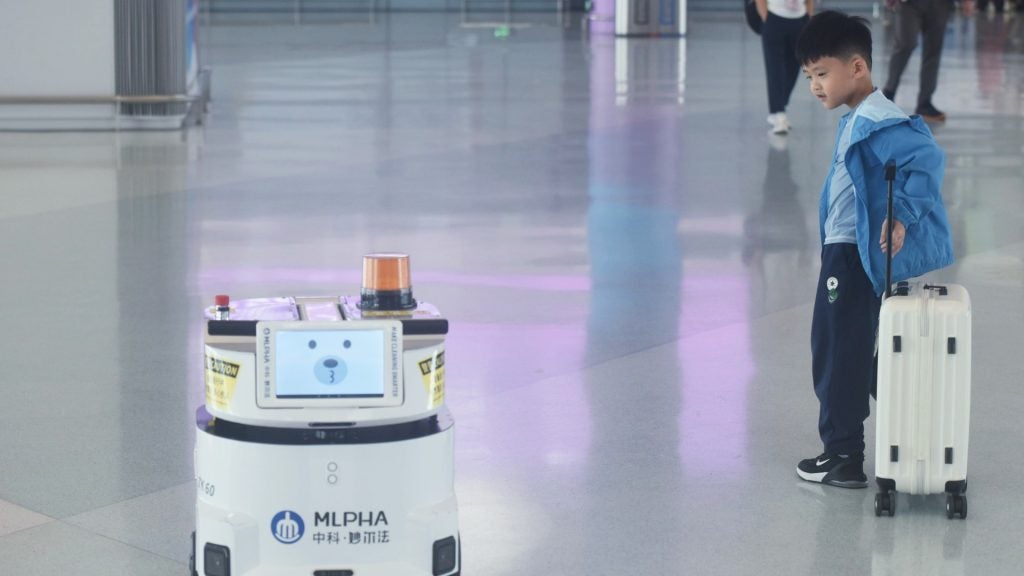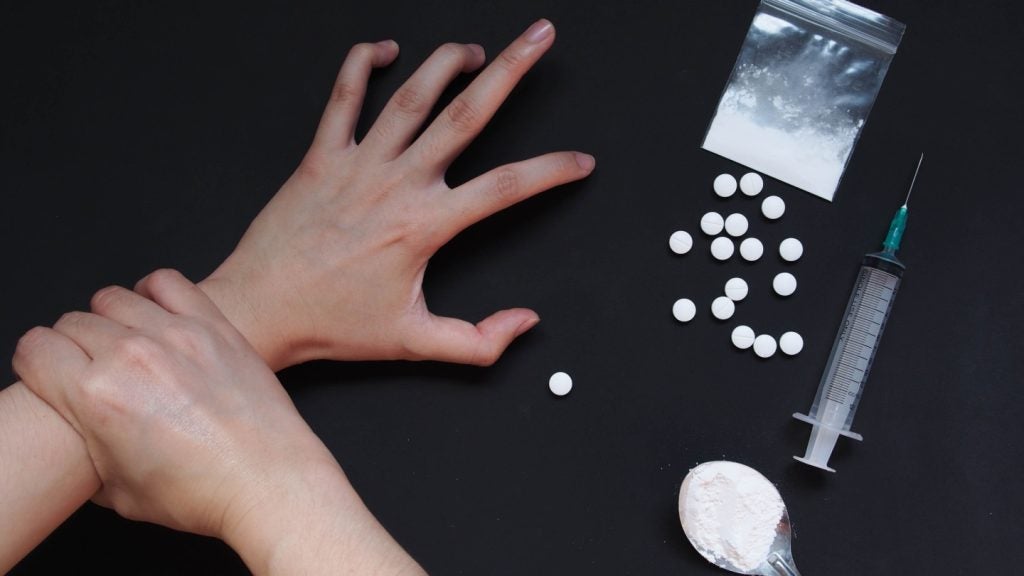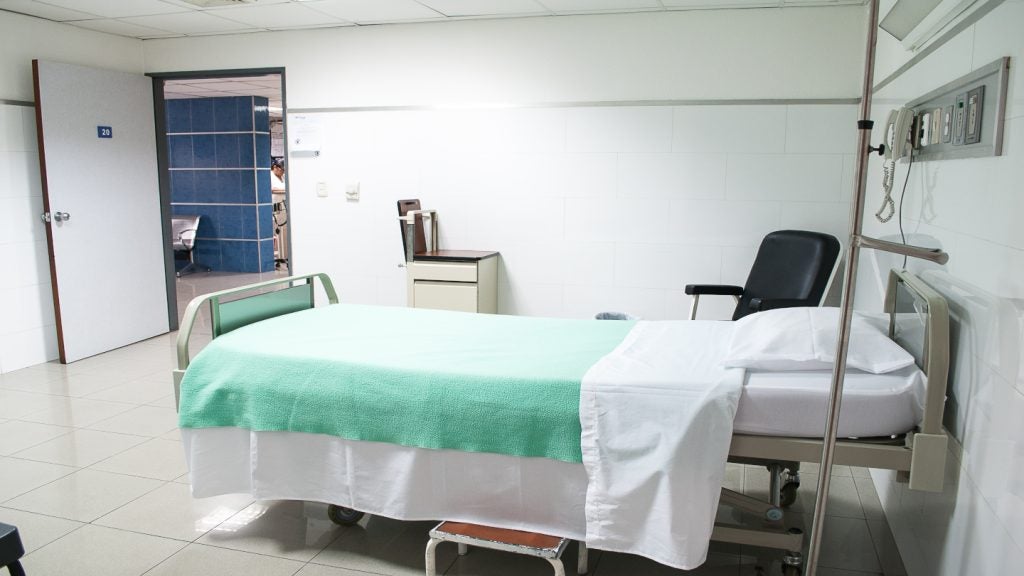The Operating Room (OR) is a technology-rich environment, where sophisticated systems and techniques are dramatically improving the success and availability of surgical procedures. Advances in techniques for minimally invasive surgery and improved imaging continue apace, as they do in many other areas of healthcare systems development.
However, those who have set themselves the task of developing the OR of the future have not only looked to improve the sophistication of the tools at the surgeon’s disposal. They have challenged the traditional assumptions of how an OR should operate, with a view to improving its efficiency and the patient experience, while enabling clinicians to apply their skills where they are most effective.
Automation will play an important role in the OR of the future. However, the purpose of robotic devices, learning computers, supply management mechanisms and closed-loop control monitoring systems is not to replace nurses with machines, but to use the latest technology, standards and processes to create an environment where the deployment of human skills is optimised. Automating routine tasks will allow skilled clinicians to spend their time on specialist duties rather than mundane tasks.
Dr Michael Treat of Robot Surgical Tech, Inc says: "The OR of the future will be different because it will use machines that can reason on their own to an extent, to support the surgical staff. We will see intelligent image display platforms, the hallmark of which will be the integration of different modalities to get the best out of each. Then we can bring physiological data into the picture to give surgeons an intelligent heads-up display."
TECHNOLOGY WITH TRACTION
See Also:
Treat, who is also associate professor of clinical surgery at the College of Physicians and Surgeons of Columbia University, is at the cutting edge of systems design for the OR with his work on Penelope, a robotic arm that assists surgeons with tool selection.
How well do you really know your competitors?
Access the most comprehensive Company Profiles on the market, powered by GlobalData. Save hours of research. Gain competitive edge.

Thank you!
Your download email will arrive shortly
Not ready to buy yet? Download a free sample
We are confident about the unique quality of our Company Profiles. However, we want you to make the most beneficial decision for your business, so we offer a free sample that you can download by submitting the below form
By GlobalDataIn 2005, Penelope assisted with the first autonomous assisted surgery, the removal of a benign tumour. This robot scrub technician could prove important for the validation of the broader concept of automation in the OR.
"Penelope is a tool manager," says Treat. "It can handle, manage and count surgical instruments. If you use machines such as Penelope, which could stand in for the scrub nurse, then that nurse is free to take on more important duties. Machines also learn, and Penelope’s prediction engine learns from all of the tool requests. These are intelligent machines."
He believes that technologies such as Intuitive Surgical’s da Vinci system also make a compelling case for intelligent systems in the OR. Da Vinci brings together sophisticated imaging and tool management to accelerate and simplify procedures that use standard laparoscopic techniques by giving the surgeon the ‘look and feel’ of open surgery. This, the developers hope, will give more surgeons access to minimally invasive techniques.
SURGICAL TOOLS AND IMAGING
In Europe, Hans Olav Myhre, scientific project manager at St Olav’s Hospital in Trondheim, Norway, is also researching the OR of the future, concentrating on surgical tools and imaging techniques.
Myhre believes that the integration of CT capabilities into the OR will be a key development, allowing a patient to go from ER to OR without stopping off in the X-ray department. His team develops navigation imaging, creating 3D models to increase the accuracy of laparoscopic surgery and coronary reconstructions.
"Improvements in image quality are also important, as are better laparoscopic instruments. But communication between devices is also very important, as are more ergonomic surgical tools that allow a surgeon to operate faster," he says.
Treat agrees that enhanced data communication will be fundamental to more efficient OR operations. RFID tagging, automated inventory management and device tracking could, he believes, greatly enhance the OR supply chain. It could ensure that the OR is automatically prepared with the necessary tools and equipment for the next procedure, which would free a nurse from this routine duty.
Treat also believes that the automated management of anaesthesia represents a major opportunity to improve patient throughput and increase the efficiency of surgery. “The process of dosing medication in response to physiological feedback could be automated,” he says. “Putting a machine into that process could improve reliability.”
MANAGING THE TRANSITION
Managing the transition phase to new, high-tech tools and procedures is crucial to ensure that an OR’s performance is maintained in the early stages of the deployment of a new high-tech surgical technique or device. For this reason, the development of the OR of the future is not only focusing on robotics and technology, but also on workflow management.
Dr Warren Sandberg of the department of anaesthesia and critical care and co-programme leader of the CIMIT / MGH Operating Room of the Future project at Massachusetts General Hospital in the USA has resulted in a re-evaluation of how patients are processed in OR with a view to facilitating the transition to new, high-tech surgical techniques.
"Minimally invasive surgery is better, but the technology is complex and each technique has a learning curve. Laparoscopic cholecystectomy, for example, is demonstrably better for the patient, but it used to take four hours to complete. Also, large cases could become open procedures. Now that it has been refined so that the operative part takes only 20 minutes, fewer become open cholecystectomies, and people can go home soon after being in OR,’ says Sandberg.
The painful transition phase now over, gallbladder removal can be done in day-surgery. Surgeons have climbed the learning curve and laparoscopic techniques are now faster than the methods they have replaced. Initially, however, they were slower, reducing the capacity of the OR.
This inspired Sandberg to look at how processes surrounding the operative stage could be performed more efficiently. The results of his efforts suggest the OR of the future will be designed not just with new technology, but also to handle a different method of managing peri-operative processes.
PARALLEL PROCESSING
Sandberg says: "To plan for a lot of cases that involve technology-intensive, innovative techniques, you need to maximise your speed by improving efficiency on the non-operative parts of the process, so that the OR schedule is devoted to surgery. Parallel processing is a natural approach to peri-operative processes, which maximises time for surgery."
Sandberg’s model of parallel processing uses an induction room next to the OR to initiate anaesthesia, while the OR is prepared for surgery. When the procedure is complete, resuscitation begins in the OR, where the anaesthetist hands over to the recovery nurse, while the prep of the OR begins again.
"We looked at best practices from around the world and found that parallel processing is not new," says Sandberg. "Anaesthetists in Europe and the UK have been using an induction room to deliver anaesthesia before the patient goes into OR. With linear processing, each team is waiting for the previous team to finish before it can begin its task, which makes people hurry at all points, creating an inherent tension to get the work
done."
His research suggests that parallel processing actually allows anaesthetists to spend more time with the patient at induction, while increasing the number of patients that pass safely through the OR each day. "Overall, we believe that we can cut non-operative time in half, which is enough to do more cases each day, or to complete the same number of procedures, but using technologically complex procedures," he says.
When the transition phase is complete, the same efficient methods of processing patients could further increase the OR’s capacity, to the benefit of the hospital and its patients.
Sandberg says: "For predictable procedures, the same process could increase the number of surgeries done in a day, which would improve access to scarce medical resources and increase the profitability of a hospital. It is about the entire patient experience, delivering timely care, reducing waiting times and limiting unnecessary time under anaesthesia."
NETWORK STANDARDS
It is clear that many of the systems that will shape the OR of the future – from parallel processing and automated supply management to robotic surgery – are at an advanced stage of development. The crucial ingredient that will expand the capabilities of these systems and catalyse the innovation that will bring the OR into the twenty-first century, however, is still lacking.
According to Dr Julian Goldman of MGH Anaesthesia and Biomedical
Engineering, no matter how powerful an individual system is, its potential is greatly enhanced if it is part of an integrated data network, allowing it to interact with other technologies to support surgeons and nurses.
Goldman’s work on a plug-and-play capability, based on common
standards for data communication, is intended to allow smart devices to take over more complex processes in support of clinicians, to improve safety, reliability, the delivery of care and resource allocation.
Closed-loop control systems, in which intelligent, integrated systems work together to improve imaging and surgical techniques, are now being tested in the OR.
One system synchronises the ventilator and X-ray machines, allowing ventilation to continue without blurring the X-ray image. An automated control system synchronises the moment of outbreath with the imaging. The process is faster, produces clearer images and poses less risk to the patient.
Another system combines the monitoring of a patient’s physiological signs with the insufflation of CO2 into the abdomen, which creates the cave in which surgical instruments carry out laparoscopic procedures. Insufflation can negatively affect blood pressure and cardiovascular function, with the risk of cardiac arrest.
A closed-loop device that continuously monitors blood pressure and heart function at the appropriate frequency provides alerts when physiological signs stray outside set parameters, prompting the surgeon to decide whether to adjust pressure, interrupt surgery or continue. This could improve patient safety and allow clinicians to respond more effectively.
“The device does not control the insufflation. It simply sets an alarm based on the patient’s signs. Then, the surgeon makes an informed decision. It does not eliminate clinical judgement or oversight,” says Goldman.
COMPLEMENTING THE CLINICIANS
Goldman, Treat and Sandberg are all keen to stress that, in the OR of the future, smart systems with contextual awareness and domain-specific programming connected through networks will not replace the human element in the OR or anywhere else.
If the industry moves towards accepting common standards for device integration and accepts that automated systems can handle a greater range of tasks, then intelligent systems and robotic devices could support clinicians with much greater efficiency, not just in the OR but right through the healthcare system.
If plug-and-play concepts can work safely and effectively in the pressurised environment of the OR, then they are likely to succeed in wider applications.
"Automated safety systems would make it difficult to make a mistake," says Goldman. "Computer protocols could catch an error before it happens. Closed-loop control systems for the OR, drug delivery, transport, resuscitation and the tracking of patients through tests are pivotal concepts. With networks in place in the future, we would have an incredibly powerful environment."
He adds: "Our goal is to reduce the workload on staff and increase patient safety. The barrier is the absence of interoperability standards, which leaves single devices alone collecting data. By linking devices, we can use the same sensors and monitors to increase the sophistication of safety systems. Without standards, you cannot do that. At the moment, one device can’t control another."
Development of the OR has great potential to influence the way healthcare is delivered, but growing demands on the healthcare system mean progress needs to be faster.
People want the OR of the future now. Given the current efforts in Europe and the USA, it seems that the future may come sooner than we think.







